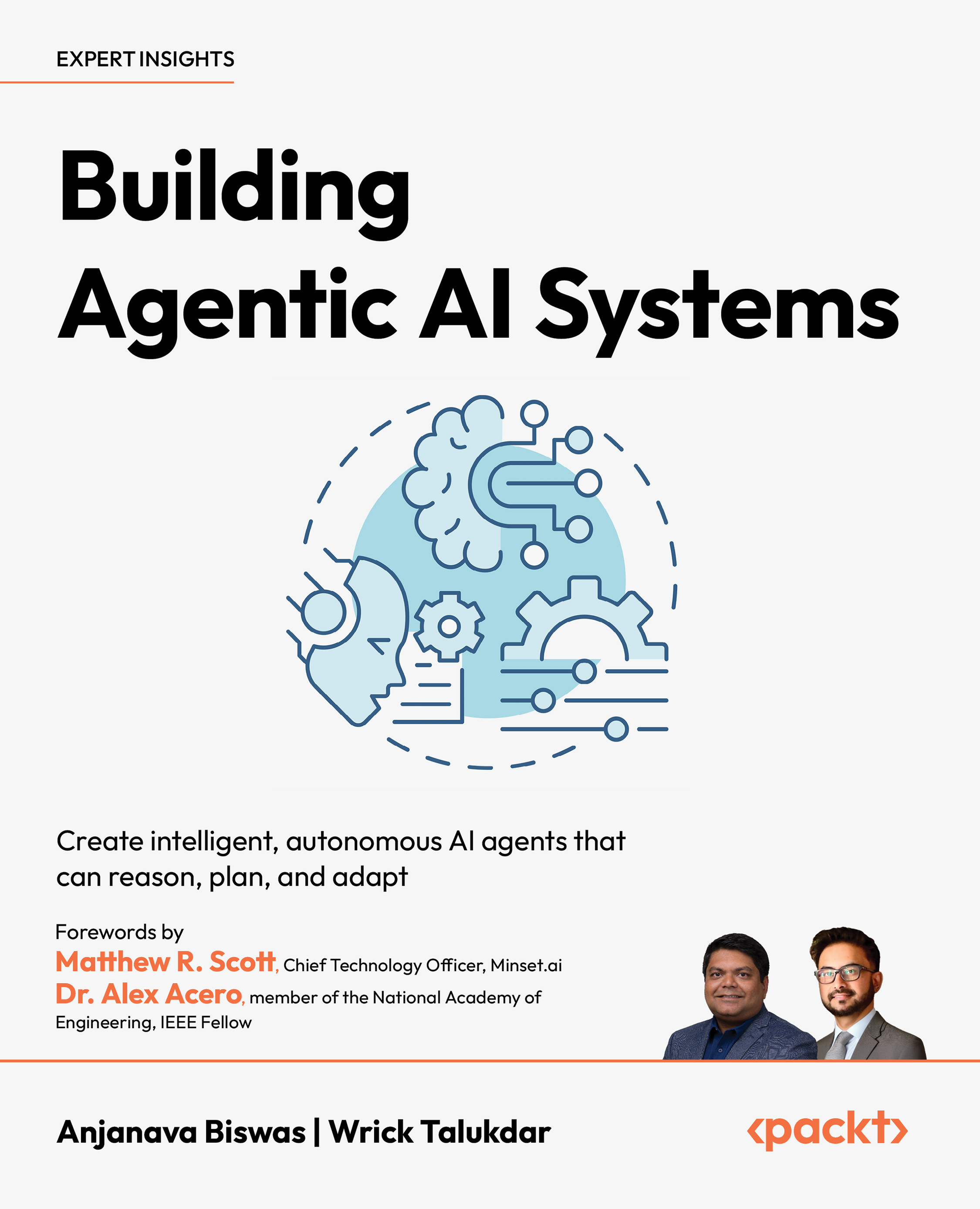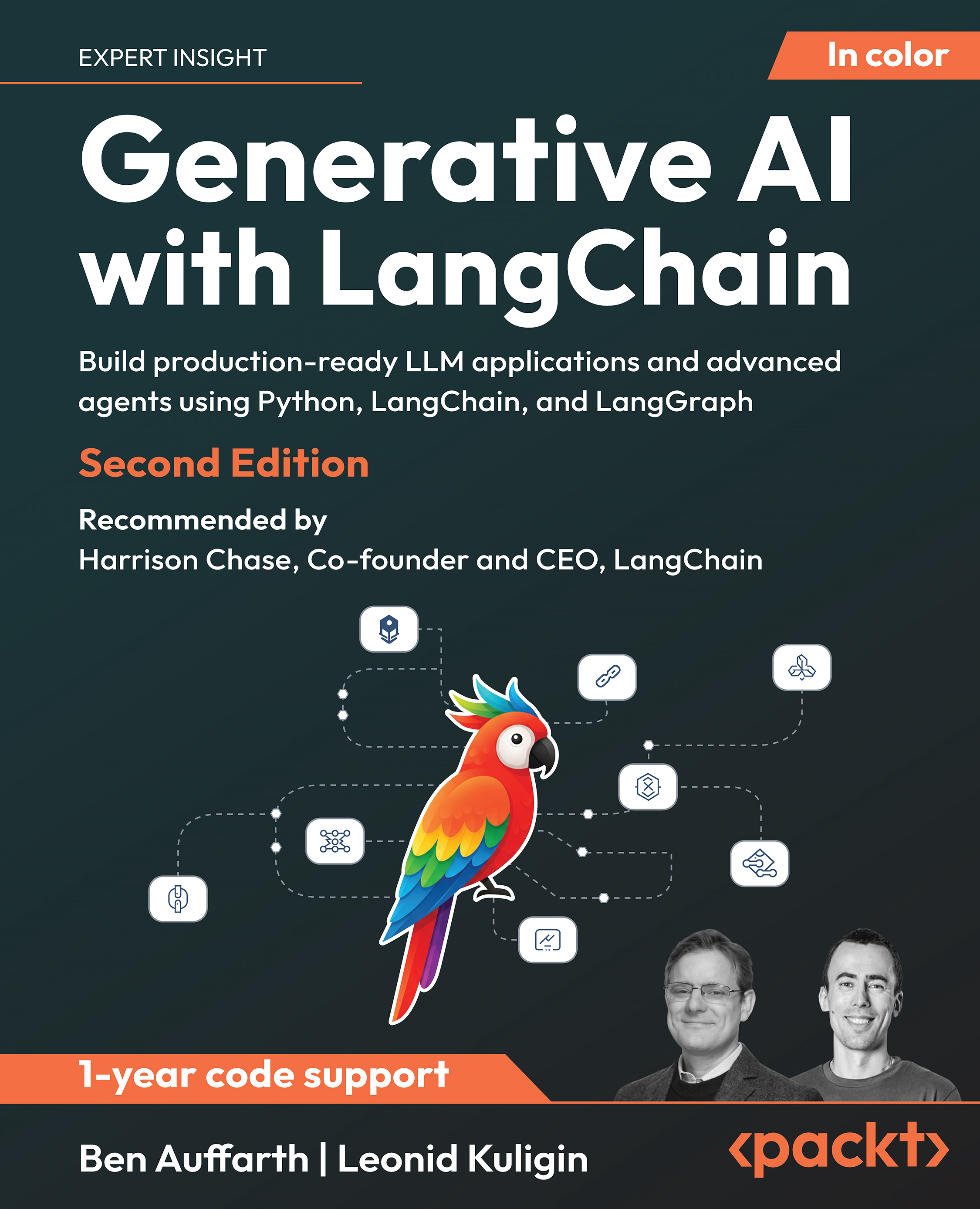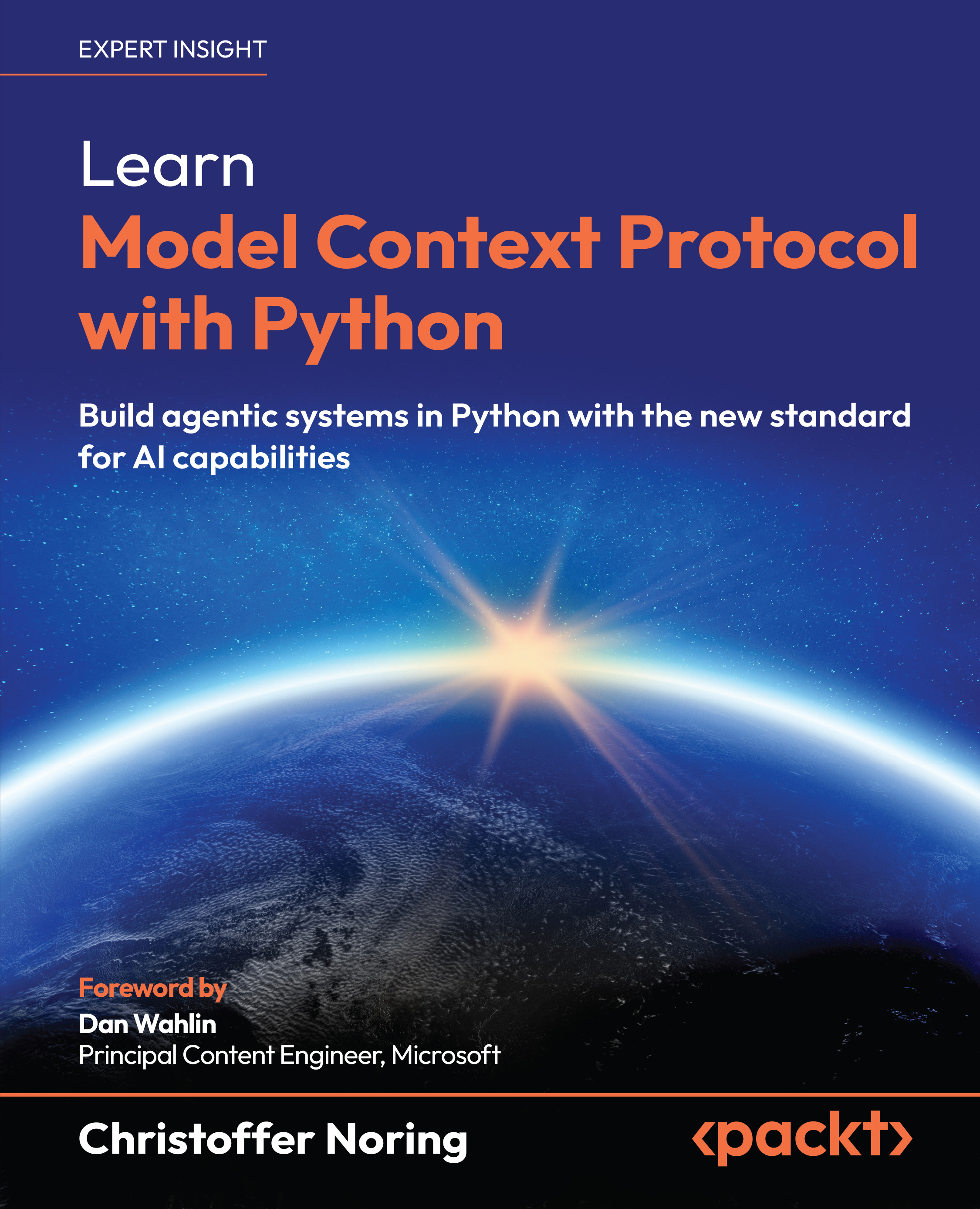The classifier training stage involves creating high-precision classifiers to determine the relevance and faithfulness of RAG outputs. Users can specify the classification dataset (typically generated from the previous stage), test set for evaluation, label columns, and model choice. ARES uses microsoft/deberta-v3-large as the default model but supports other Hugging Face models. Training parameters such as the number of epochs, patience value for early stopping, and learning rate can be fine-tuned to optimize classifier performance.
The final stage, RAG evaluation, leverages the trained classifiers and synthetic data to assess the RAG model’s performance. Users provide evaluation datasets, few-shot examples for guiding the evaluation, classifier checkpoints, and gold label paths. ARES supports various evaluation metrics and can generate confidence intervals for its assessments.
ARES offers flexible model execution options, supporting both cloud-based and local runs through vLLM integration. The framework also supports various artifact types (code snippets, documents, HTML, images, and so on), enabling comprehensive evaluation across different RAG system outputs.
In summary, Ragas and ARES complement each other through their distinct approaches to evaluation and dataset generation. Ragas’s strength in production monitoring and LLM-assisted metrics can be combined with ARES’s highly configurable evaluation process and classifier-based assessments. While Ragas may offer more nuanced evaluations based on LLM capabilities, ARES provides consistent and potentially faster evaluations once its classifiers are trained. Combining them offers a comprehensive evaluation framework, benefiting from quick iterations with Ragas and in-depth, customized evaluations with ARES at key stages.
 United States
United States
 Great Britain
Great Britain
 India
India
 Germany
Germany
 France
France
 Canada
Canada
 Russia
Russia
 Spain
Spain
 Brazil
Brazil
 Australia
Australia
 Singapore
Singapore
 Canary Islands
Canary Islands
 Hungary
Hungary
 Ukraine
Ukraine
 Luxembourg
Luxembourg
 Estonia
Estonia
 Lithuania
Lithuania
 South Korea
South Korea
 Turkey
Turkey
 Switzerland
Switzerland
 Colombia
Colombia
 Taiwan
Taiwan
 Chile
Chile
 Norway
Norway
 Ecuador
Ecuador
 Indonesia
Indonesia
 New Zealand
New Zealand
 Cyprus
Cyprus
 Denmark
Denmark
 Finland
Finland
 Poland
Poland
 Malta
Malta
 Czechia
Czechia
 Austria
Austria
 Sweden
Sweden
 Italy
Italy
 Egypt
Egypt
 Belgium
Belgium
 Portugal
Portugal
 Slovenia
Slovenia
 Ireland
Ireland
 Romania
Romania
 Greece
Greece
 Argentina
Argentina
 Netherlands
Netherlands
 Bulgaria
Bulgaria
 Latvia
Latvia
 South Africa
South Africa
 Malaysia
Malaysia
 Japan
Japan
 Slovakia
Slovakia
 Philippines
Philippines
 Mexico
Mexico
 Thailand
Thailand


















